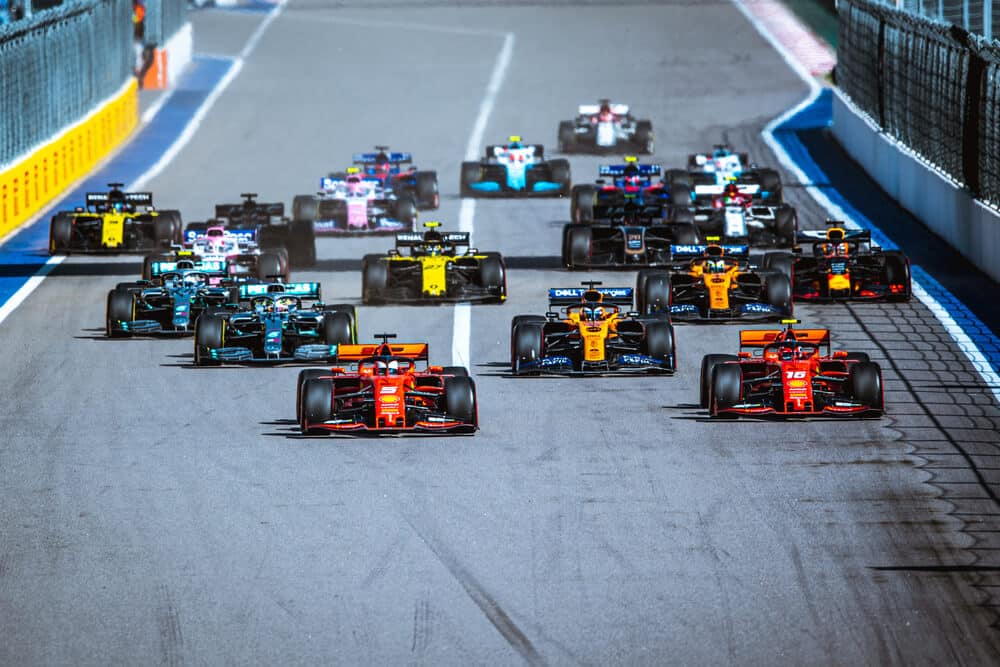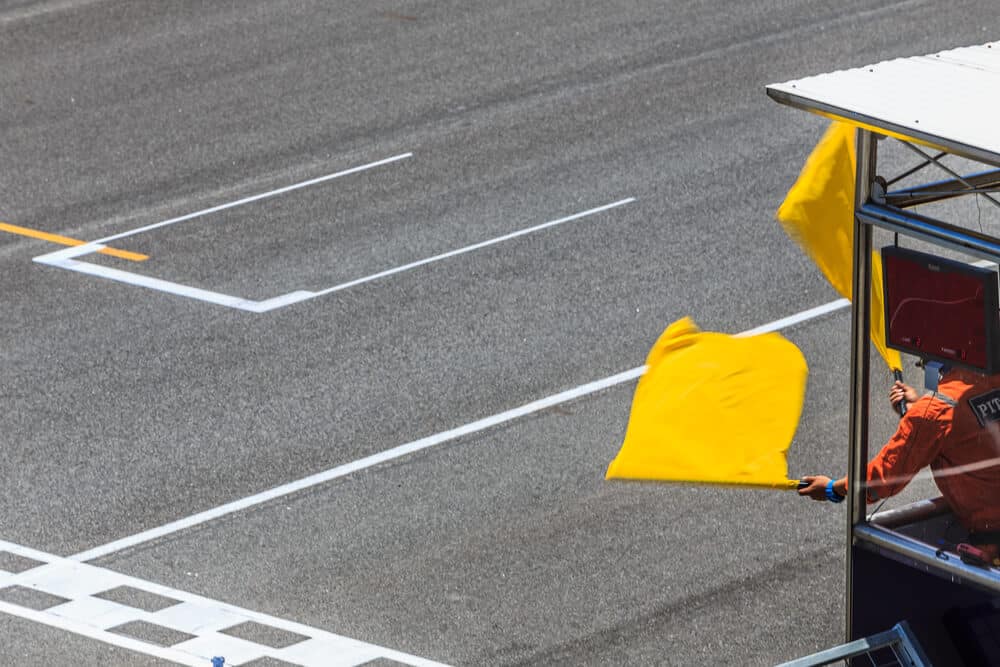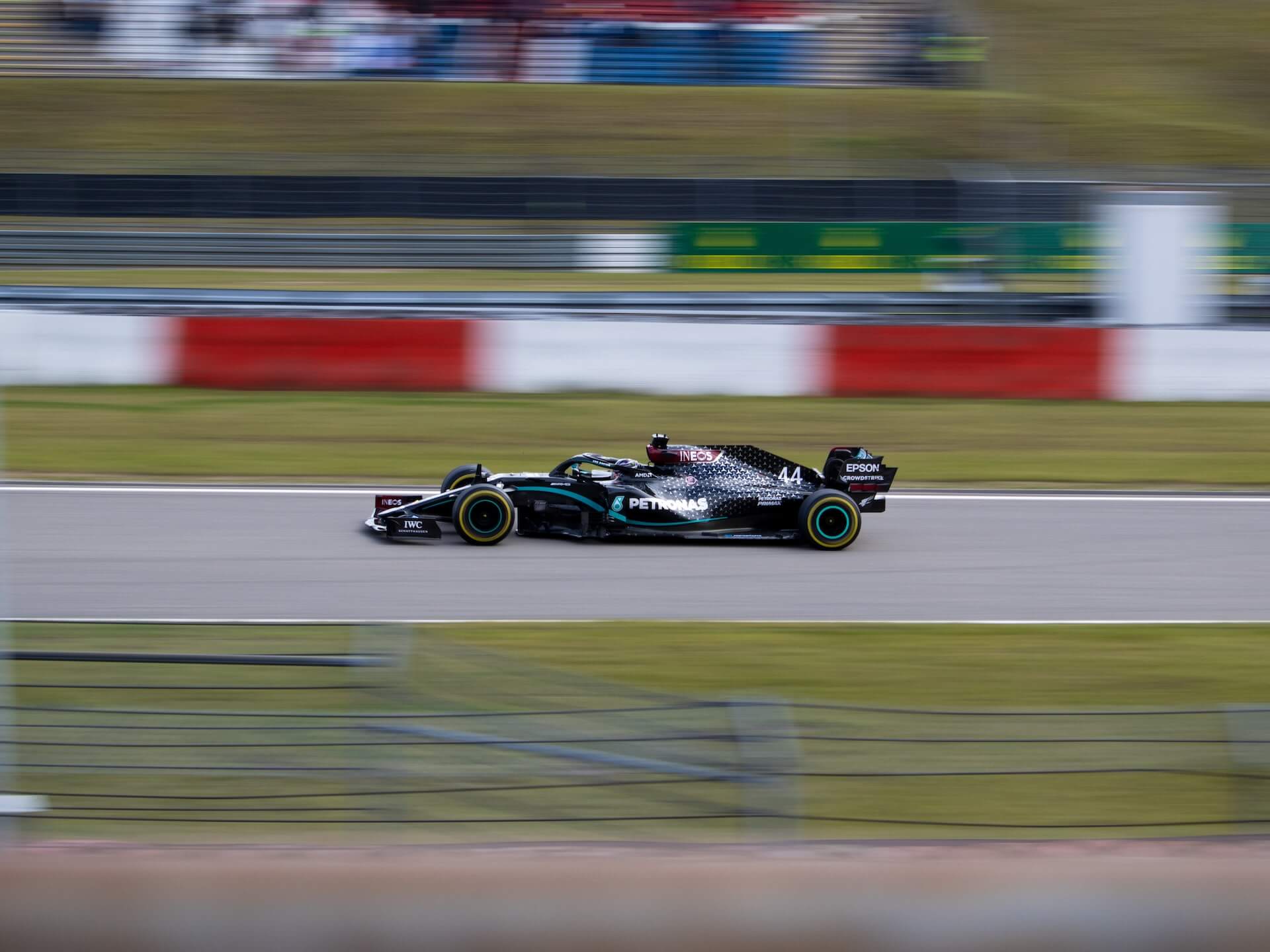G-force, also known as acceleration force, is a measure of the force exerted on a body due to acceleration. In Formula One racing, G-forces play a critical role in the performance of both the car and the driver.
High G-forces can affect a driver’s ability to perform, as well as the car’s handling and aerodynamics. In this article, we will explore the various aspects of G-force in F1 racing, including how it is measured, its effects on drivers, and its impact on car design.
Table of Contents
Watch this video to learn more about how much G-force F1 drivers experience.
Measuring G-force in F1
G-force in Formula One racing is typically measured using accelerometers or load cells installed on the car. These sensors measure the force exerted on the car and driver in various directions, such as longitudinal, lateral, and vertical. The data is then analyzed and used by teams and drivers to improve performance.
How teams and drivers use G-force data to improve performance
Teams and drivers use G-force data to analyze and understand the car’s performance, make adjustments to the car’s setup, and optimize their driving style. By understanding the forces the car and driver are subjected to, teams can optimize the car’s aerodynamics and suspension, and drivers can adjust their driving style to maximize performance and reduce stress on their bodies.
Key takeaways
- G-force is a measure of the force exerted on a body due to acceleration
- G-forces play a critical role in the performance of both the car and the driver
- High G-forces can affect a driver’s ability to perform and the car’s handling and aerodynamics
- G-forces in F1 racing are typically measured using accelerometers or load cells
- Teams and drivers use G-force data to improve performance
- Understanding G-force is important for both car design and driver performance in Formula One Racing
The Effects of G-force on Drivers
High G-forces can have significant physical effects on the body, including blood pooling in the legs, difficulty breathing, and even loss of consciousness. The most common area of concern for drivers is the neck, as the high G-forces can cause strain and fatigue.
How drivers train and prepare to withstand high G-forces
To prepare for the physical demands of Formula One racing, drivers engage in a rigorous training regimen that includes strength training, cardio, and endurance exercises. Additionally, they practice driving in high G-force simulators to prepare their bodies for the physical demands of racing.
Safety measures in place to protect drivers from excessive G-forces
To protect drivers from excessive G-forces, Formula One Racing has safety measures in place. The FIA (Fédération Internationale de l’Automobile) has a G-force limit that a car and driver can experience during a race. The FIA also has strict regulations on the design of the car to ensure that they are safe for the drivers.
High G-forces can have significant physical effects on the body, including blood pooling in the legs, difficulty breathing, and even loss of consciousness.
The Impact of G-force on Car Design
How G-force affects aerodynamics and suspension design
How G-force affects aerodynamics and suspension design G-force plays a critical role in the design of Formula One cars. High G-forces can affect the car’s aerodynamics and handling, so teams must take this into account when designing the car. Aerodynamic elements such as the front and rear wings, and diffusers are designed to create downforce and increase grip, which can reduce the impact of G-forces on the car and driver. Additionally, suspension design must also take into account the high G-forces experienced during a race, with the suspension system being designed to absorb and dissipate these forces as much as possible.
Innovations in technology to reduce G-forces on drivers
Innovations in technology have also helped to reduce G-forces on drivers. For example, the introduction of the halo, a safety device fitted to the car, has helped to reduce the risk of head injuries from debris or other cars. Additionally, teams are also researching and experimenting with new materials and designs to reduce the weight of the car and reduce the impact of G-forces on the driver.
Changes in regulations related to G-force in Formula One Racing
The FIA continuously updates regulations to ensure safety and fair play in Formula One Racing. The FIA has set a limit on the amount of G-force a car and driver can experience during a race to ensure safety. They also have strict regulations on the design of the car to make sure they are safe for the drivers.
Frequently asked questions about Double-stack pit stops
How is G-force measured in Formula One Racing?
What are the effects of high G-force on a driver's body?
How do teams and drivers use G-force data to improve performance?
Conclusion
In conclusion, G-force plays a critical role in Formula One Racing, affecting both the car’s performance and the driver’s ability to perform.
Understanding G-force and its effects is important for both car design and driver performance in Formula One Racing. The FIA has set regulations to ensure safety and fair play in Formula One Racing and teams and drivers use G-force data to improve performance.
Article sources
Learn more about Formula One
Want to learn more about F1? Then visit our Formula 1 glossary and dictionary.




